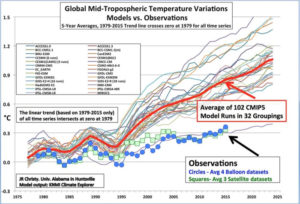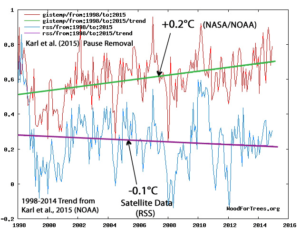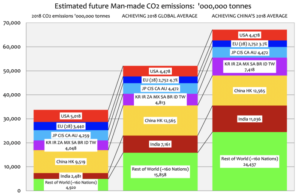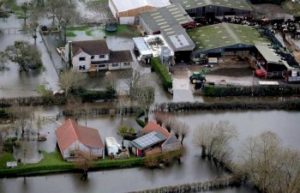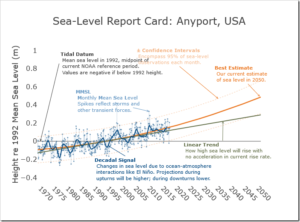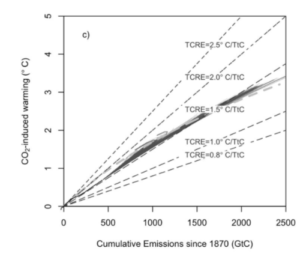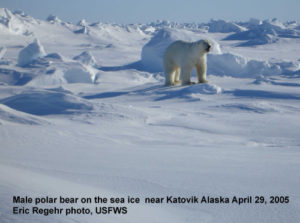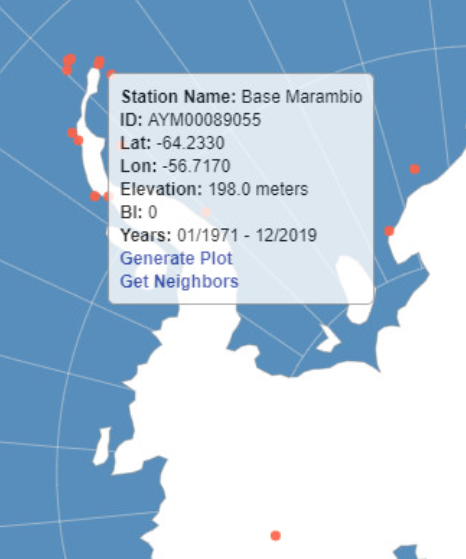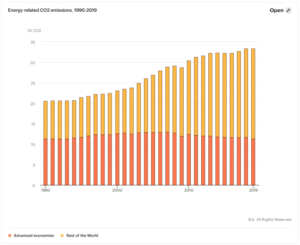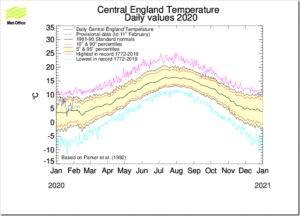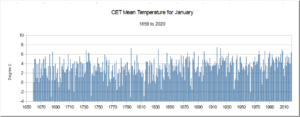by M. de Rougemont, 25 février 2020 in EuropeanScientist
Dès lors que la moindre critique est faite à propos de la doxa climatique son auteur se verra systématiquement désigné comme négationniste. Si, par-dessus le marché, ladite critique est pleine de bon sens, alors des caciques de ce système s’empressent de publier une tribune publique afin de mettre l’intru au pilori, évitant bien d’entrer en matière et de traiter des questions posées. Il s’agit de bien rappeler qui a droit à la parole et de rappeler aux non-sachants que le débat est clos car la cause est entendue. Un bizarre syndicat international de presse dictant la bien-pensance climatique a d’ailleurs décidé que laisser s’exprimer des voix critiques serait leur faire une part trop belle. La célérité et le ton de ces répliques témoignent pourtant d’une grande inquiétude car faire taire l’intrus n’a jamais été une manifestation de force et de tranquillité. Cela laisse même à penser que s’il y avait complot, ce serait plutôt celui destiné à éviter à tout prix la nécessaire dispute autour d’un sujet si important.
Nonobstant la clôture bien prématurée de ce débat jamais initié, il faut en décrire les chapitres qui devraient le composer. Ce drame climatique se déroule sur trois scènes : scientifique, stratégique et politique.
SCIENCE ET PSEUDO-SCIENCE
Les données issues de moins de deux siècles d’observations directes, dont moins de cinquante ans par satellite, et de la paléoclimatologie nous enseignent les variations passées et certaines corrélations ou manques de corrélation. Ces données ne font pas l’objet de réfutations majeures et fondées. Un réchauffement est donc bien constaté depuis la fin du petit âge glaciaire coïncidant avec le début de l’ère industrielle ; il est de l’ordre de 0.8 à 1 °C avec des fluctuations dont certaines restent encore inexpliquées.



